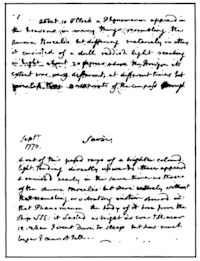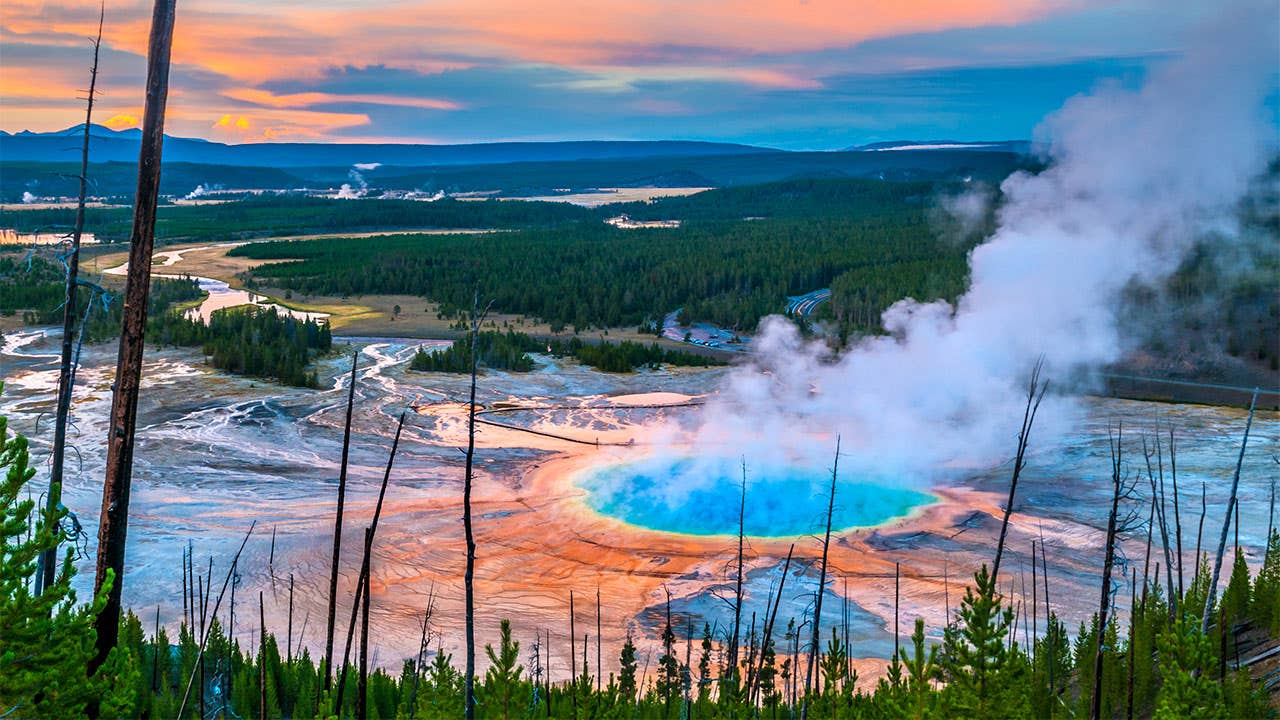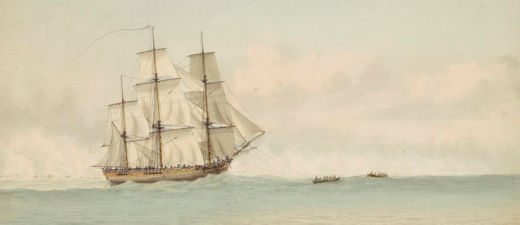From Birth Certificate to Bond: The Monetization of Human Capital
From Birth Certificate to Bond: The Monetization of Human Capital by Brett Hawes
Are governments leveraging our legal identities and future earnings as hidden collateral in global financial markets?
Read on Substack
The Birth Certificate As a Financial Instrument
As outlined earlier, the registration of a live birth does more than record your existence — it triggers the creation of a separate legal entity in your name, styled in ALL CAPITAL LETTERS. This entity is not the real, living you — it’s a legal fiction, a kind of corporate version of your name that the government uses to interact with you in the world of contracts, regulations, and commerce. In legal terms, this process may create what’s known as a Cestui Que Vie trust — a hidden trust set up in your name. In this arrangement, the state or the Crown acts as the trustee, managing the trust, while you are seen as the beneficiary — but only as long as you follow the rules set out for the legal entity. Most people are never told this trust exists, yet it quietly forms the foundation for how their identity and productivity are used in the financial system.
This trust may serve as the foundation upon which your projected lifetime income, tax obligations, and social service entitlements are securitized. In this framework, your legal fiction becomes a commercial estate — a financial instrument that can be bonded, tracked, and traded as part of a broader debt-based system. The birth certificate thus becomes not merely a record of life, but a document that quietly initiates your inclusion into a vast commercial network where human capital is monetized as an asset class.
Aurora Time Machine
AURORAS AS TIME MACHINES: The
fall of 1770 was not a good time for Capt. James Cook and the
crew of the HMS Endeavour. One year earlier, they successfully
observed the transit of Venus from Tahiti. Many aboard would rue
leaving that paradise. After a violent stop in New Zealand, Endeavour
struck Australia's Great Barrier Reef, tearing a massive hole in
her hull and beaching the vessel for 7 weeks for repairs. By the
time the ship was underway again, many of the crew were suffering
from tropical diseases, malnutrition, and exhaustion.
That's when the geomagnetic storm struck.
Endeavour was sailing near Timor Island (latitude -9.9o) on Sept. 16, 1770, when red auroras appeared in the night sky. The expedition's naturalist Joseph A. Banks and his assistant Sydney Parkinson both noted the event in their logs, although they were unsure what they had seen. The idea that auroras could spread to within 10 degrees of the equator seemed outlandish.
Yet auroras they were. A 2017 study led by Hisashi Hayakawa established that Cook's auroras were part of an extreme 9-day display across China, Japan, and Southeast Asia. Some of the lights were "as bright as a full Moon."
Clearly, the "Cook Event" was a big deal. But how big? Researchers have long wondered. Magnetometers were only invented in the 19th century, so there are no scientific measurements of geomagnetic activity before then. Rating old storms has been a matter of guesswork.
 Right: Joseph Banks' 1770 aurora log entry.
Right: Joseph Banks' 1770 aurora log entry.
A study published in the April 2025 edition of Space Weather may have solved this problem by turning auroras into time machines.
In their paper,
Jeffrey Love of the US Geological Survey and colleagues analyzed 54
geomagnetic storms from 1859 to 2005, using both magnetometer data and
overhead aurora sightings. By correlating the two, they developed a
statistical model that lets researchers estimate the strength of
historical storms based on eyewitness accounts—no magnetometer required.
One of the key findings of their study is that Cook's storm was (within the margin of error) the same size as the famous Carrington Event of 1859. They also found a very big storm just a few days before the Carrington Event. On August 28, 1859, there were no magnetometer data available because it was Sunday, a day off for observatory staff. However, auroras were reported overhead in Havana, Cuba. Love's model pegged that storm at ~two-thirds of the Carrington Event, making it one of the biggest geomagnetic storms on record.
The good news for Cook and his crew: They weren't using modern technology like radio or GPS, which might have failed. Cook had no trouble navigating the magnetic storm. If it happened again today, we might not be so lucky.
Read the original research here.
whew - yellowstone
Striking new images reveal the hidden magma network beneath Yellowstone
New seismic imaging reveals Yellowstone’s magma chamber sits 3.8 km below the surface and isn’t at risk of erupting anytime soon.

A new study has finally provided a detailed picture of what lies just below Yellowstone’s surface. (CREDIT: iStock.com / kwiktor)
Beneath Yellowstone National Park lies something extraordinary—a giant underground chamber filled with molten rock, trapped gases, and intense heat. For years, scientists have known about this volcanic reservoir. But only recently have they been able to see its upper boundary with real clarity.
A new study has finally provided a detailed picture of what lies just below the surface, and it’s changing how researchers understand the risks and mysteries hidden beneath this famous national park.
Thanks to the work of seismologists from the University of Utah and the University of New Mexico, the veil over Yellowstone’s volcanic heart is lifting. Their findings were published in the prestigious journal Nature, and the data is both eye-opening and reassuring.
A Sharper Look Beneath the Surface
The new research used an innovative approach. Rather than waiting for natural earthquakes, the team created their own seismic waves. Using a Vibroseis truck—a machine normally used in oil and gas exploration—they shook the ground at 110 different locations in Yellowstone. At each site, the machine delivered 20 powerful vibrations, each lasting about 40 seconds.
Nearby, 650 portable seismometers were placed along park roads at intervals of 100 to 150 meters. These small devices recorded how the ground moved. By studying the data, scientists built detailed two-dimensional images of the Earth’s subsurface—similar to a CT scan of the human body, but for rocks and magma.
“In a sense, we’re causing our own earthquakes, and we record all that data on the seismometers,” explained Jamie Farrell, a research associate professor at the University of Utah and chief seismologist at the Yellowstone Volcano Observatory.
This method allowed scientists to locate the top of Yellowstone’s magma chamber. They found it sits about 3.8 kilometers (12,500 feet) below the surface. That’s a lot closer than many people might expect. Even more surprising is how sharply defined the top of the chamber is compared to the surrounding rock layers.
“The depth of 3.8 kilometers is important,” said Farrell. “We know what pressures are going to be and how bubbles are going to come out of the magma. One thing that makes these eruptions so devastating is that if gases are trapped, they become very explosive as they decompress.”
shut the f*ck up
The National Lawyers Guild- Detroit & Michigan Chapter has this important PSA for protestors who get arrested. Shout out to Detroit attorneys Bill Goodman and Denise Heberle for this sound advice.
- Lincoln Square Media
Read on SubstackWar is a Racket (1935)
By Smedley D. Butler
In this current moment where the specter of a new war with Iran looms, the searing critique of Major General Smedley D. Butler in War Is a Racket resonates with chilling relevance. Published in 1935, Butler’s work exposes war as a meticulously orchestrated "racket," where a small, organised minority—those "creatures that run the show from the shadows"—reap colossal profits while the masses bear the costs in blood, grief, and economic ruin. Drawing from his decades as a decorated Marine, Butler unveils the machinery of war profiteering, noting, “Out of war a few people make huge fortunes,” while soldiers and civilians shoulder “newly placed gravestones” and “shattered minds.” His revelations find echoes in Understanding Bankers’ Wars, which traces how financial elites, from the Napoleonic era to World War I, engineered conflicts to amass wealth, manipulating nations into debt and destruction. Yet, Butler’s indictment is not merely historical; it serves as a call to question the single minded ambition of those who, as Neema Parvini highlights are the "organised minority" in The Populist Delusion (2022), wield disproportionate power to shape global destinies.
Butler’s legacy extends beyond his written words to his courageous stand against a hidden chapter of American history: the 1933 Business Plot. As detailed in The Business Plot, a cabal of wealthy industrialists and bankers sought to overthrow President Franklin D. Roosevelt and install a fascist dictatorship, a scheme thwarted by Butler’s whistleblowing. This critical event, suppressed for decades, reveals the audacity of those “creatures” who, nearly a century ago, aimed to go “full fascist” in America, underscoring their persistent ambition to control from the shadows. Butler’s role in exposing this coup, referenced in You Knew What You Signed Up For during an interview with Chase Spears, highlights his moral clarity in confronting elite machinations.
Butler’s grim accounting—“mangled bodies,” “broken hearts and homes,” and “back-breaking taxation for generations”—lays bare the asymmetry between the few who profit and the many who pay. His proposed solutions, such as conscripting capital alongside soldiers and limiting military reach to defensive purposes, challenge the status quo with radical pragmatism. Yet, as Understanding Bankers’ Wars suggests, the entrenched power of financial elites often subverts such reforms, perpetuating cycles of conflict. This introduction frames Butler’s War Is a Racket as a timeless exposé, urging readers to interrogate the motives behind modern wars and the organised minority orchestrating them, lest history’s lessons remain unheeded.
With thanks to Smedley D. Butler1.
War is a Racket: Original 1935 Edition: Butler, Smedley D.
All Wars are Banker's Wars - remember



oh yeah...


-
Burt Bacharach, Music artist Co-author (with lyricist Hal David) of an extensive string of hits in the '60s, Burt Bacharach is one of...
-
Dean Henderson and Jeff discuss current events and take a whack at the global oligarchy. Check out more info from Jeff Rense at Alt News ...


.jpg)



